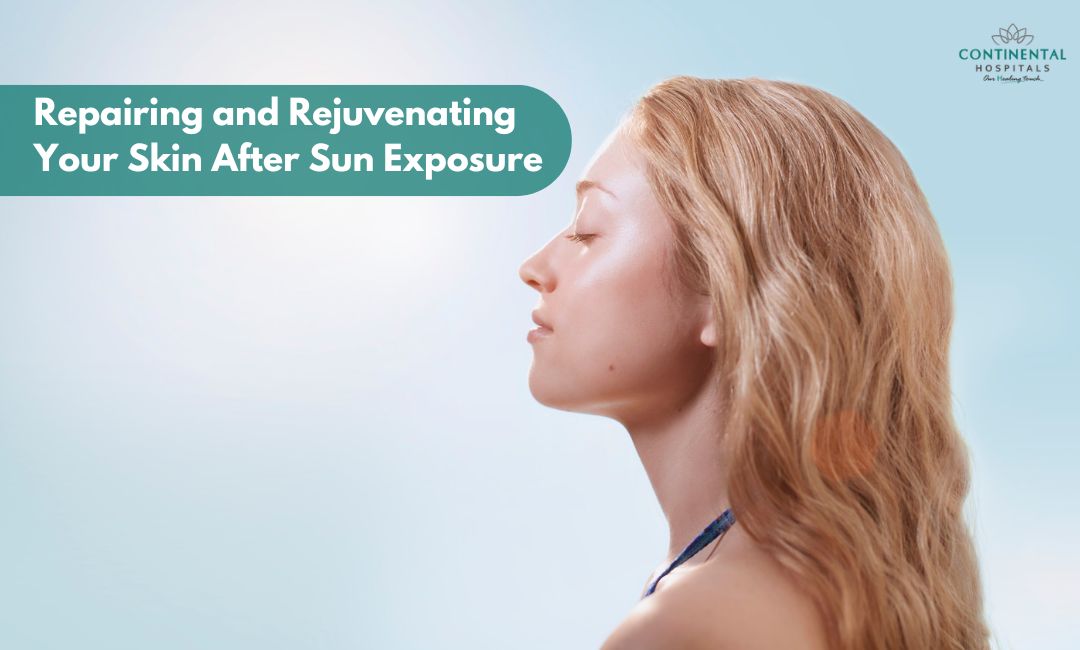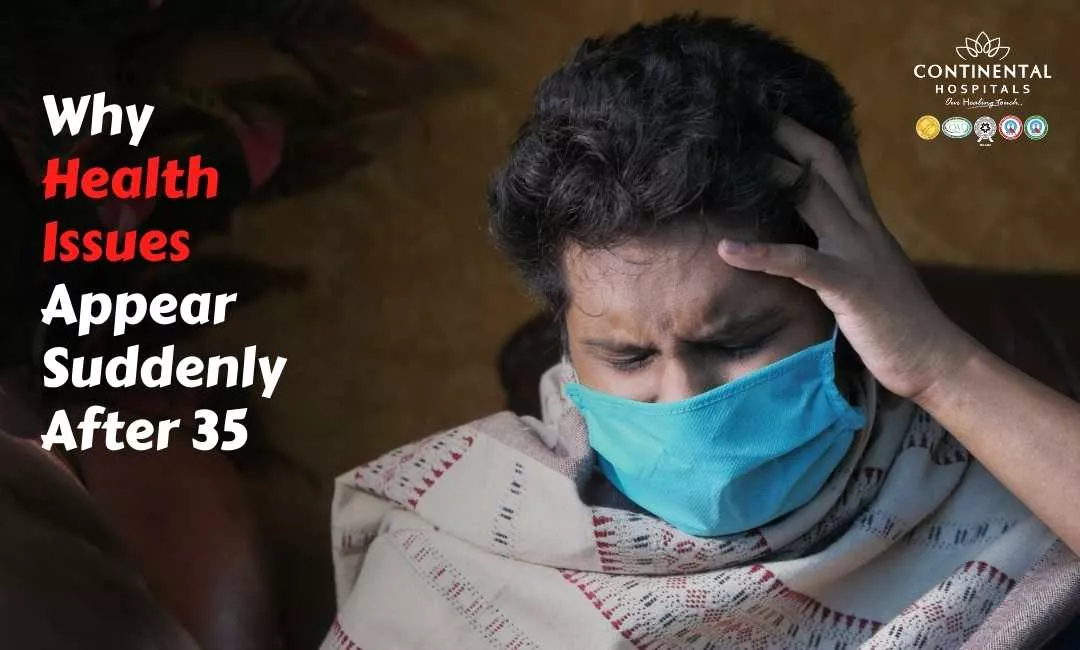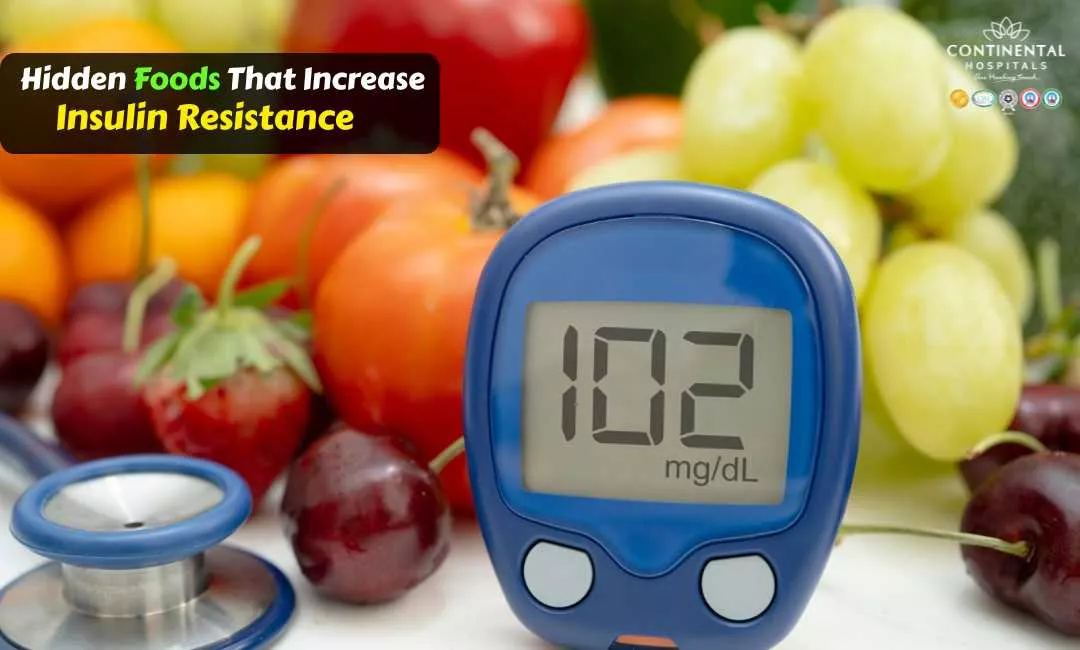After enjoying a day under the sun, your skin may feel warm and glowing. However, prolonged exposure to sunlight can also cause damage, leading to sunburn, premature aging, and increased risk of skin cancer. But fear not! With the right care and attention, you can repair and rejuvenate your skin, restoring its health and vitality. In this comprehensive guide, we'll explore effective strategies and skincare tips to help your skin recover after sun exposure.
Understanding Sun Damage:
Before delving into remedies, it's crucial to understand how sun exposure affects your skin. Ultraviolet (UV) radiation from the sun penetrates the skin, causing various forms of damage. UVB rays primarily contribute to sunburn, while UVA rays penetrate deeper, leading to long-term damage such as wrinkles, age spots, and loss of elasticity. Additionally, UV radiation can damage the DNA in your skin cells, increasing the risk of skin cancer.
Consult a dermatologist or skincare professional for personalized recommendations and treatments tailored to your skin.
How Sun Exposure Will Affect Your Skin?
Sunburn: One of the most immediate effects of excessive sun exposure is sunburn. Sunburn occurs when the skin is overexposed to ultraviolet (UV) radiation from the sun, particularly UVB rays. Symptoms of sunburn include redness, pain, swelling, and in severe cases, blistering. Sunburn damages the outermost layer of the skin, leading to inflammation and peeling as the skin attempts to repair itself.
Premature Aging: Prolonged exposure to UV radiation accelerates the aging process of the skin, leading to premature aging signs such as wrinkles, fine lines, and sagging skin. UV radiation damages collagen and elastin fibers in the skin, which are essential for maintaining its firmness and elasticity. Over time, this can result in the formation of wrinkles, particularly on sun-exposed areas such as the face, neck, and hands.
Uneven Pigmentation: Sun exposure can cause an increase in melanin production, leading to uneven pigmentation and the formation of dark spots, freckles, and patches of hyperpigmentation. This uneven skin tone is often referred to as sunspots or age spots and can detract from the skin's clarity and youthful appearance.
Decreased Skin Elasticity: UV radiation breaks down collagen and elastin fibers in the skin, reducing its elasticity and resilience. As a result, the skin may become lax and prone to sagging, particularly in areas exposed to the sun, such as the face and neck. Loss of skin elasticity contributes to the development of wrinkles and fine lines, making the skin appear aged and tired.
Skin Cancer: Perhaps the most serious consequence of excessive sun exposure is an increased risk of skin cancer. UV radiation damages the DNA in skin cells, leading to mutations that can result in the uncontrolled growth of cancerous cells. The three main types of skin cancer associated with sun exposure are basal cell carcinoma, squamous cell carcinoma, and melanoma. While basal cell and squamous cell carcinomas are more common and often treatable, melanoma is the most deadly form of skin cancer and can spread rapidly if not detected and treated early.
Weakened Immune System: Chronic sun exposure can suppress the skin's immune response, making it more susceptible to infections, inflammation, and other skin conditions. UV radiation can also impair the skin's ability to repair itself, prolonging healing times for wounds, cuts, and other injuries.
Immediate Care for Sunburn:
If you find yourself with a sunburn, immediate action is necessary to soothe the skin and minimize damage. Here are some essential steps to take:
Cool Compress: Apply a cool, damp cloth to the affected area to alleviate heat and reduce inflammation.
Hydration: Drink plenty of water to prevent dehydration, which can exacerbate sunburn symptoms.
Aloe Vera: Apply pure aloe vera gel to the sunburned skin to soothe and moisturize. Aloe vera possesses anti-inflammatory properties, promoting healing.
Avoid Further Sun Exposure: Protect your skin from additional sun exposure until it has fully healed to prevent further damage.
Replenishing Moisture:
Sun exposure can dehydrate the skin, leaving it dry and dull. Replenishing lost moisture is essential for restoring its health and radiance. Here's how to do it effectively:
Hyaluronic Acid: Incorporate products containing hyaluronic acid into your skincare routine. Hyaluronic acid is a powerful humectant that attracts and retains moisture, plumping the skin and restoring suppleness.
Moisturizers: Opt for rich, emollient moisturizers formulated with nourishing ingredients such as shea butter, ceramides, and glycerin. These ingredients create a protective barrier, locking in moisture and preventing transepidermal water loss.
Facial Oils: Consider using facial oils such as argan oil or rosehip oil to deeply nourish and hydrate the skin. These oils are rich in antioxidants and fatty acids, promoting skin repair and regeneration.
Repairing Sun Damage:
To repair sun damage and promote skin renewal, incorporate targeted treatments into your skincare routine. Here are some effective options:
Vitamin C: Vitamin C is a potent antioxidant that helps neutralize free radicals generated by UV radiation. Additionally, it brightens the complexion, fades dark spots, and stimulates collagen production, reducing the appearance of fine lines and wrinkles.
Retinoids: Retinoids, derivatives of vitamin A, are renowned for their ability to promote cell turnover and stimulate collagen synthesis. They help fade sun-induced pigmentation, smooth texture, and improve overall skin tone.
Peptides: Peptides are short chains of amino acids that support collagen production and improve skin elasticity. Incorporating peptide-rich serums or creams into your skincare regimen can help repair sun damage and enhance skin firmness.
Exfoliation: Regular exfoliation removes dead skin cells, allowing for better absorption of skincare products and promoting cellular turnover. However, opt for gentle exfoliants to avoid exacerbating sun damage.
Sun Protection:
Prevention is key when it comes to maintaining healthy, youthful skin. Protecting your skin from future sun damage is essential. Here's how to do it effectively:
Broad-Spectrum Sunscreen: Apply a broad-spectrum sunscreen with an SPF of 30 or higher every day, regardless of the weather. Look for sunscreens that offer protection against both UVA and UVB rays.
Reapplication: Reapply sunscreen every two hours, or more frequently if swimming or sweating. Remember to cover all exposed areas of skin, including the face, neck, ears, and hands.
Protective Clothing: Wear lightweight, tightly woven clothing that covers your skin, along with a wide-brimmed hat and sunglasses for added protection.
Seek Shade: Limit your time in direct sunlight, especially during peak hours between 10 a.m. and 4 p.m. Seek shade whenever possible, particularly if you're engaging in outdoor activities.
While sun exposure can take a toll on your skin, it's possible to repair and rejuvenate it with the right skincare regimen and protective measures. By following the tips outlined in this guide, you can promote skin healing, restore moisture and vitality, and safeguard against future sun damage. Remember, healthy skin is beautiful skin – so prioritize its care and protection, and enjoy a radiant complexion for years to come.
Consult a dermatologist or skincare professional for personalized recommendations and treatments tailored to your skin.
Related Blog Articles:
1. Immune-Boosting Foods You Should include in your Diet
2. Hydrate and Glow: Ultimate Drinks for Healthy Skin
3. Balancing Macros: Protein, Carbs, and Fats in Your Diet
.webp)














